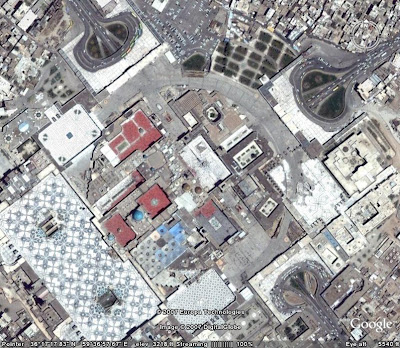The Short Way from Dubai to Rawalpindi
One year of secret diplomacy between the US Administration and Pakistan’s Musharraf is in vain. Benazir Bhutto returned in October to Pakistan only for surviving an assassination attempt upon arrival and eventually being assassinated on December 27. She knew that she had mortal enemies in Pakistan, in particular in the immediate vicinity of Pakistan’s President. Apart from the personal and national tragedy, Benazir’s assassination is a great threat to the whole region. As commentators describe it, America’s Pakistan policy, which had recently urged Benazir’s and Musharraf’s cooperation, is in tatters. It is revealing that Musharraf, who had survived several assassination attempts in the past, did not provide security to his opponent in the election campaign, and thus is at least indirectly responsible for the disaster. It seems so as if Bush has counted again for too long on the wrong buddy.







